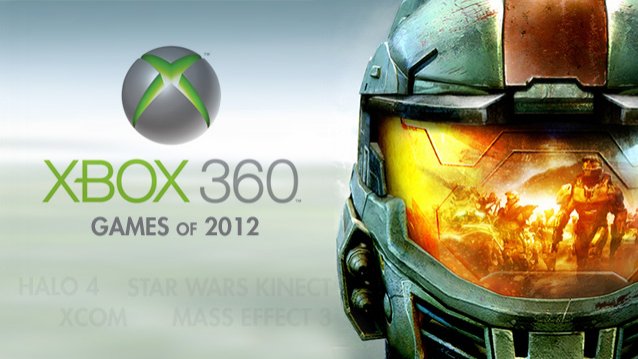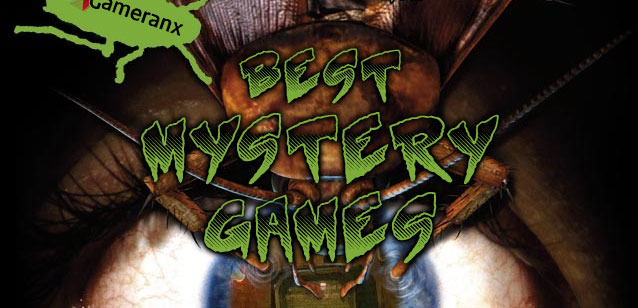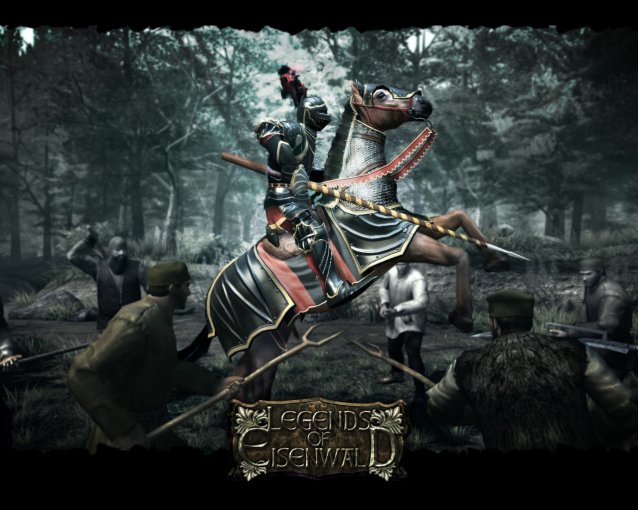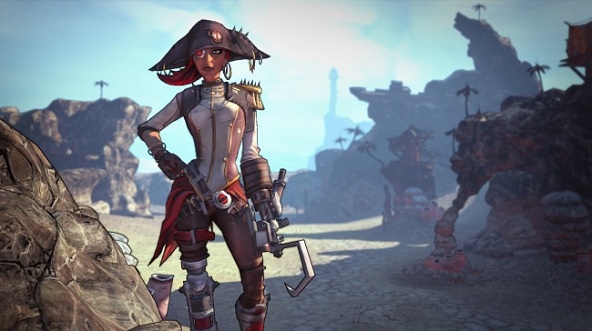

NetherRealm Studios’ latest entry in the Mortal Kombat series was one of the most highly anticipated releases of 2015—we haven’t seen a new MK game since 2011, and we’ve been excitedly waiting for a great storyline, new characters, interactive levels, brutal new fatalities, and a host of other things. But does Mortal Kombat X deliver? And is it worth $60?
Warning: this article includes gameplay videos that contain impressively graphic violence. NSFW.
A great fighting game needs great fighting gameplay. And the gameplay in Mortal Kombat X is phenomenal. The control scheme will be immediately familiar to anyone who’s played an MK game (or any fighting game, for that matter), but if you’re having trouble, the in-game tutorial will help you out.

Each character has a notably different style, which provides necessary variety for keeping things interesting. As I played through the story mode, I found the fights to be easier with some characters (like Jax and Takeda) and more difficult with others (Sonya, D’Vorah) because of my playing style.
That’s part of the fun of having such a huge roster; trying out different characters to see which you like, which you don’t, and how you can make each one work with your preferred style of fighting. The three variations possessed by each character also provide a different feel, and though you don’t get to explore them much during the story mode, they’re really fun to play around with in others.

The variations don’t have a huge effect on gameplay, but they do give you different special moves and kombos—Erron Black’s Gunslinger variation has him dual-wielding pistols, his Marksman variation sees him using a rifle, and his Outlaw variation gives him more close-range-focused sword attacks.
And of course, the signature brutality is back in full force. The fatalities, brutalities, and X-ray moves are just as ridiculous, funny, and disgusting as we’ve come to expect from these games (Cassie Cage’s Selfie fatality is one of my favorites). If you’re looking for over-the-top gore in a game that doesn’t take itself too seriously, you’ll be pleased.
The story mode kicks off with a bang during a Netherrealm invasion of Earthrealm, complete with flying demons battling Earthrealm military units and a few of our favorite kombatants engaging in inter-realm kombat. Shortly after, it jumps 25 years into the future and focuses on a Special Forces team made up of Cassie Cage (daughter of Johnny Cage and Sonya Blade), Kung Jin (cousin of Kung Lao), Takeda Takahashi (son of Kenshi), and Jacqui Briggs (daughter of Jax).

These four play a central role in the plot, and it’s clear from the beginning that one of the themes of Mortal Kombat X is that of the new generation: these four are the Earthrealm’s next hope for holding its own against the other realms. And they will certainly be tested: the Netherrealm is out in full force in MKX, and the fallen elder god Shinnok is back in action and looking for blood.
If you’ve played NetherRealm’s Injustice: Gods Among Us, you’ll be familiar with how the story mode works. It’s heavily cutscene-based, with long stretches of video punctuated by occasional quick-time events and three or four back-to-back matches with a single character. It’s a bit like playing through an interactive movie (where you get to do the butt-kicking).
Each of the 12 chapters focuses on one character and continues the story from their perspective. You don’t play all of the available characters in the story mode—instead, you focus primarily on the forces of Earthrealm. Don’t worry, though; there are plenty of ways to play as your favorites in other modes.
By combining flashback sequences to get more details on some characters’ histories with a very fun look at some of the aging classic characters, MKX has a strong sense of time and continuity. Seeing aged versions of your favorite characters (I especially like Jax) makes for an effective contrast with the next-generation fighters that are taking up the mantle for Earthrealm.

I won’t give away any more of the story; I’ll just say that I really enjoyed it. It’s a compelling plot, and the characters are done well. The dialogue, while perfect for the game, certainly isn’t going to win any awards (you’ll know what I mean if you’ve played Injustice), but if you enjoy cheesy lines, you’ll be quite entertained. Johnny Cage saying “hashtag you suck!” after winning a fight is fantastic.
The stages that you work your way through in the story mode are mind blowing—in the Destroyed City stage (featured in the Johnny Cage vs. Scorpion fight above) you’ll see a light pole falling down, soldiers firing off shots, and demons flying in to snatch them away. NetherRealm, after experimenting with 3D level design, has gone back to 2D, which I think most players will agree was a good decision.
Interactive levels make the playing experience on each feel a bit different; in the Kung Jin vs. Erron Black video above, you’ll see Kung Jin ram Erron Black with a shield and Black slam Kung’s head into a pillar. Both the backgrounds and the characters are beautifully animated, and it’s clear that a huge amount of attention was paid to even the smallest details.
The one downfall of the story is its length; it took me around five hours to get through it, and someone better at fighting games than I could probably do it in four. But there are plenty other game modes to have fun with.
The Mortal Kombat towers are back, and provide a wide range of challenges each day. There are three types of towers in MKX; traditional, living, and challenge. Traditional towers see you facing off against a number of sequential opponents at your chosen difficulty. Living towers include challenges that change on a regular basis; there are hourly, daily, and premier towers, which change weekly and have a number of special challenges to complete. Challenge towers are randomly generated.

What kind of challenges are we talking about here? There are a bunch: one makes the screen go dark every once in a while. Another allows players to pass fire damage back and forth. A particularly challenging ones sees portals appear in the floor at regular intervals—if you step in one, you’ll fall through it and come back down from the ceiling. It’s rumored that over 100 modifiers are available in MKX.
NetherRealm didn’t hold back when building online multiplayer options for MKX. Of course, there’s the standard match against an opponent—”Versus” mode. There’s also team battle, king of the hill, and tower battle modes, each of which provides additional challenges.

Between all of these online modes, you’ll have dozens of hours of variety-filled gameplay ahead of you. Making a fighting game that’s fun to play after the story is over and you’ve learned each of the characters isn’t easy, but NetherRealm has done a great job with Mortal Kombat X.
There are two things that I’ve found unfortunate about online multiplayer so far. First, after every match that I play online, my PlayStation 4 has to reconnect to the online server, which can take 20 or 30 seconds. It doesn’t sound like much, but it adds up over time, and makes playing online a bit slower (though it could stem from my slower connection).

Second, there doesn’t seem to be any rank matching in the system; even though I’m new to the game (and, honestly, not very good at it), I get matched up against people who have much higher ranks. It’s possible that the system is protecting me from even higher-ranked players, but if that’s the case, I wish it would go even further and match me against people closer to my skill level.
Despite these quirks, playing online is a lot of fun.
One of the new features included in MKX is Faction Wars, a way to make every fight count in a worldwide online experience. When you first start up the game, you’ll be asked to choose a faction; the warriors of the Lin Kuei, the protectors of White Lotus, the soldiers of Special Forces, the mercenaries of Black Dragon, or the demons and sorcerers of the Broherhood of Shadows.

Once you’ve chosen a faction, every match you win will go toward that factions’ overall points each week—wins, combos, fatalities, brutalities, and a number of other things contribute to your points. At the end of the week, a faction will be declared a winner. By competing in Faction Wars, you get access to extra content, like faction-specific finishing moves and Faction Wars Invasion towers.
The inclusion of Faction Wars is yet another way that NetherRealm has tried to make Mortal Kombat X a fighting game with legs.
One thing that I’ve found about the game that I don’t like is that NetherRealm seems to be making the game easier to appeal to a wider audience. I don’t mean the difficulty levels—hard is still notably hard. I’m talking about the Mortal Kombat spirit itself.

The addition of easy fatality combos means you only need to remember a single button to unleash a gorefest of a killing stroke. No longer are you rewarded for seeking out and learning a complicated sequence of buttons; now you can get all the blood you want with a single button press. These easy fatalities are unlocked by playing, and available by microtransaction.
The ability to skip past fights in the story mode doesn’t reward persistence and effort. It might appeal to a wider audience, but it does take away from what makes Mortal Kombat great.
NetherRealm has a winner here. A compelling story, really fun gameplay, great controls and mechanics, a wide variety of characters and variations, and a large number of different ways to play all come together to make this a fighting game for the ages.
The inclusion of players’ favorite klassic kombatants as well as some fun new ones, and the promise of more in future DLC, is sure to appeal to both new players and long-time fans, even if they’ve been away from the series for a while.

Buy it. You won’t regret it.
(Just don’t bother with Mortal Kombat X on iOS.)




 How to chose the best Forces Agents for Dragon Age Inquisition, Agents Recruitment Guide
How to chose the best Forces Agents for Dragon Age Inquisition, Agents Recruitment Guide Hotline Miami 2 Preview: Something Rotten From the State of Denmark
Hotline Miami 2 Preview: Something Rotten From the State of Denmark Clean Up Spotlight Search by Getting Rid of Siri Suggestions
Clean Up Spotlight Search by Getting Rid of Siri Suggestions Preview: Legends of Eisenwald - Storming the Wrong Castle
Preview: Legends of Eisenwald - Storming the Wrong Castle Borderlands 2: Captain Scarlett Walkthrough
Borderlands 2: Captain Scarlett Walkthrough